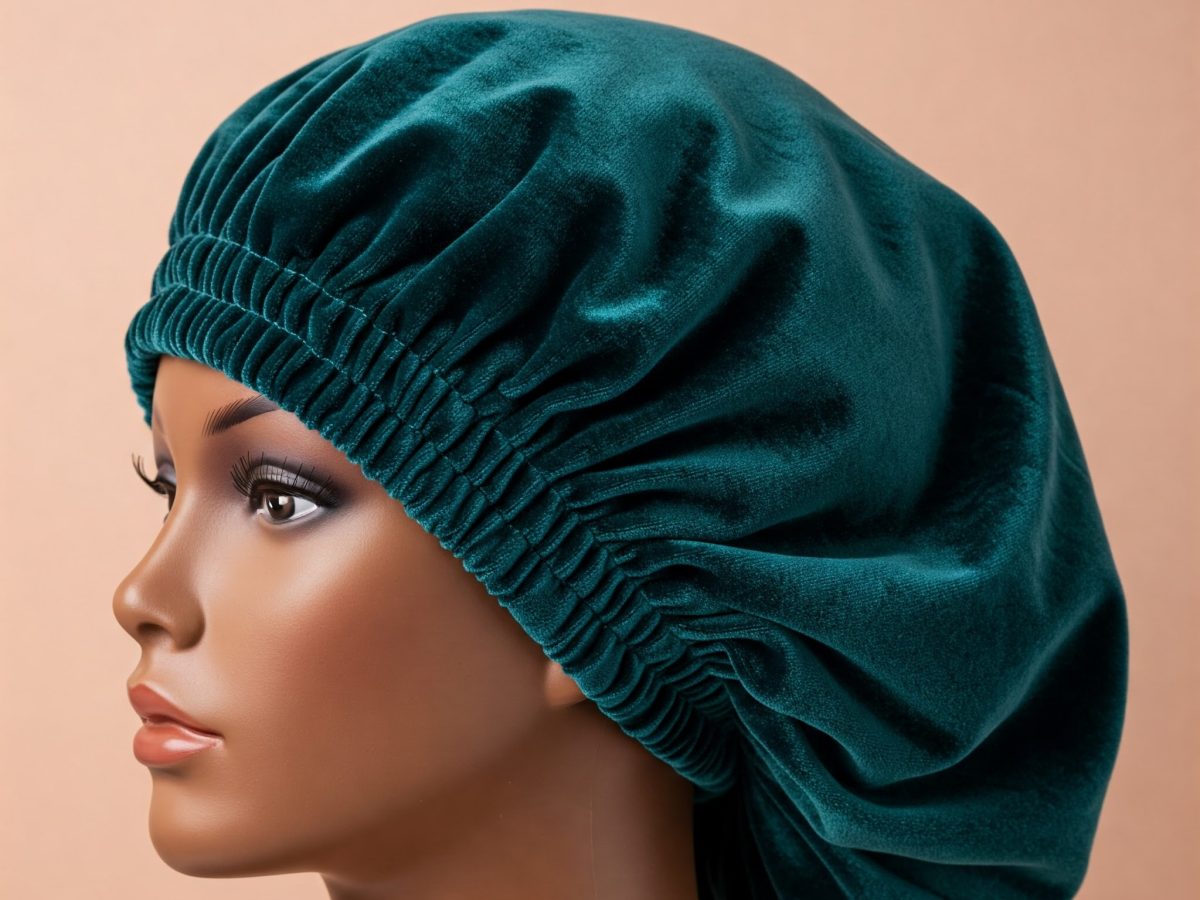
Although it was over two decades ago, I still vividly remember going to the hair salon with my aunt and grandma, flipping through an issue of ESSENCE while watching them get their hair done by their trusted stylists. My mom was strict about keeping my hair natural growing up, but I was always fascinated by the process of maintaining heat-styled hair—even if I didn’t experience it myself. What intrigued me most? The wrapping process.
Primarily used by Black women to protect the hair and preserve styles like the silk press, wrapping has seen a resurgence—but not in the way you might expect. On TikTok, white women are now seen wrapping their hair in videos, prompting raised eyebrows from Black creators and users alike, myself included.
While scrolling my “For You Page,” I came across a video by U.K. creator Ashley Keeps Rebranding. In it, she made exaggerated facial expressions paired with the caption: “They’re wrapping their hair now y’all.” The implication was clear. A flurry of comments followed, expressing frustration over what felt like a familiar cycle: “First they hate. Then they copy,” one user said. Another added, “This one girl called it her vintage hair wrap idea and I gagged.”
There’s no rule against other races wrapping their hair—but the optics can be problematic, especially considering the long-standing history of cultural appropriation in beauty. Time and again, hairstyles and beauty practices rooted in Black culture have been embraced by others only after being dismissed or devalued when worn by us. Think: Kim Kardashian with Fulani braids, or twist-outs rebranded as the “Mamma Mia” hairstyle.
The “Doobie” wrap, as it’s traditionally known, was popularized in the 1970s by Boston-based hairstylist Charlene Carroll. She developed the method to protect hair from moisture and frizz, using neck tissue to secure the front and a silk scarf to preserve the style. “Wrapping the hair allows for the hair to be protected from any kind of humidity and keeps the hairstyle in place,” Carroll once said. The first time she used the technique was on a client trying to leave during a rainstorm. The results? Silky, smooth hair days later—and a new standard was born. For many, what started as a protective measure became a source of confidence. Carroll even called it “putting the hair to rest,” underscoring its cultural and emotional significance.
When non-Black women adopt the look, it can feel- off. Not necessarily because they’re trying to maintain their own hairstyles, but because of the emotional and cultural weight the practice holds for Black women. Our community has often had to fight for acceptance, not just in how we wear our hair but in being seen and valued for who we are. When something so deeply rooted in our culture suddenly becomes trendy—with little understanding of its origins—it hits differently.
No, we can’t stop others from wearing a “Doobie.” But it’s not about gatekeeping. It’s about recognition and respect. When white influencers describe it as a “vintage hair wrap,” it feels like yet another example of how Black beauty is rebranded, renamed, and reimagined through a different lens—one that rarely includes us. Black women wrapping their hair is much more than a TikTok-approved fad to be tokenized — especially by people who simply don’t understand. It’s our protection, literally.